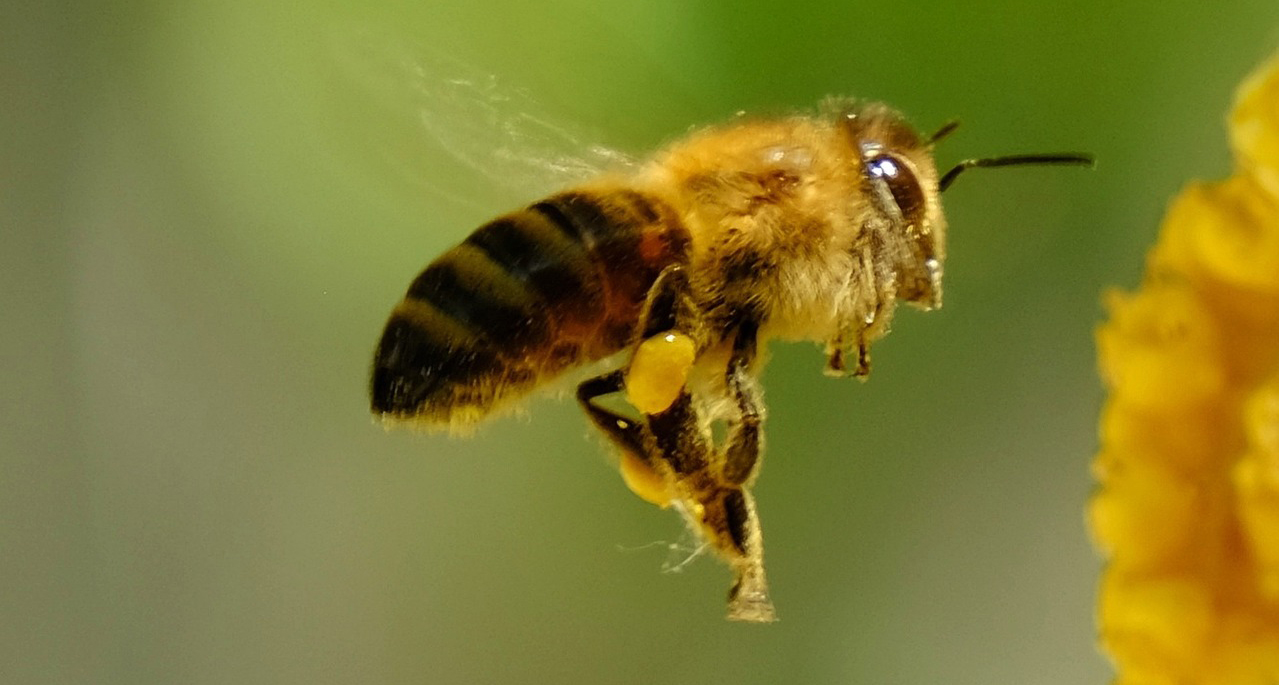New biodiversity market set to bloom across Australia

In December last year, the Australian government enacted the Nature Repair Act (2023), establishing a framework for a world-first legislated, voluntary biodiversity scheme in Australia.
The legislation comes after the Australian government joined 190 other nations to sign the Kunming-Montreal Global Biodiversity Framework at COP15 in 2022, which includes a commitment to protect and restore 30% of land around the world by 2030.
The nature repair market intends to mobilise private finance to repair and protect unique natural environments, with landholders – including First Nations people and organisations, conservation groups and farmers – all eligible to participate as project proponents.
The theme for this year’s International Day for Biological Diversity (22 May) is ‘be part of the plan’, a call to action for all stakeholders to reverse the loss of biodiversity by supporting the implementation of the Kunming-Montreal Global Biodiversity Framework.
To mark the day, here Water Source takes a closer look at a recent webinar hosted by Alluvium Foundation on the new nature repair scheme, including insights from DCCEEW Biodiversity Market Project and Coordination Acting Director Tony Mott, Pollination Biodiversity Markets Expert Laura Waterford, Allens-Linklater Senior Counsel Jullian Button and Clean Energy Regulator General Manager Carl Binning.
Facilitating the webinar discussion, Alluvium Foundation Chair Ian Rutherfurd said the maturity of water and carbon markets in Australia is growing quickly, providing fertile ground for the development of a nature repair market.
“The 2022 COP15 meeting established the Kunming-Montreal Global Biodiversity Framework, which has a set of biodiversity goals and targets,” he said.
“In particular, the 2030 target to have 30% of land protected on the planet, 30% of degraded land restored on the planet, and an investment of $US200 billion to that end.
“But there is an increasing reliance on private investment to achieve these targets – these goals will not be met with government funding alone. So there is now a huge global effort directed at private investment to achieve these targets.
“Part of the response to this is the Commonwealth government’s Nature Repair Act (2023), delivering new legislation and opportunities. There is a huge appetite for investors, governments, non-government organisations and community groups to be engaged in this private investment for biodiversity goals.”
Market development
Presenting on key trends in the voluntary biodiversity schemes currently appearing around the world, Pollination’s Laura Waterford said biodiversity co-benefits to carbon credits have attracted a premium in Australia for quite some time already, but current shifts are moving towards measured credibility.
“For a long time we have had carbon markets operating in Australia and all over the world, where there has been a premium paid for nature-based solutions or carbon credits on the assumption that those credit types are likely to have a biodiversity co-benefit, whether that’s measured or unmeasured,” she said.
“For many years, that premium was paid on the assumption that those benefits likely existed, but over the last few years there has been a trend towards buyers seeking more clarity and confidence around those biodiversity co-benefits.
“We’re now pushing towards a measurement approach, where the primary product is a carbon credit, but with the assurance of measured biodiversity outcomes alongside it to show that the credit deserves the premium price the market is paying.”
Since 2020, there has been a new conversation about the opportunity for voluntary biodiversity products that are not tied to negative impacts, but where good biodiversity outcomes are rewarded to attract finance, Waterford said.
“From a regulatory perspective, there is a significant focus on biodiversity coming down the line. Nature is now on the agenda in a way it’s never been before, and it’s starting to enter the conversation next to climate at the board level,” she said.
“In addition to that, the lean towards trying to measure those biodiversity co-benefits has pushed the conversations slightly towards unitisation and a formal, separate way of recognising those benefits, as either a certificate or a credit.”
Australian first
Waterford said there has been a proliferation of voluntary biodiversity credit schemes around the world in recent years. And, while Australia is the first nation to legislate specifically for the development of a voluntary biodiversity market, take-up is expanding at a rapid rate.
“These schemes have multiple pilot projects going on in multiple locations. It's important to understand how quickly this is evolving, and also how complicated the market is becoming from a global perspective,” she said.
“Each one of these schemes has slightly different approaches to the metrics used to measure biodiversity, and also all the other features, including integrity and unitisation.”
Waterford said a lot of the innovation in this space is actually coming out of Australia.
“We are well and truly on the global radar, not least because of the new Nature Repair Scheme and the fact that our government has already passed legislation,” she said.
“Australia has also got a couple of other voluntary schemes emerging, including the NaturePlus scheme and the Wilderlands scheme. Each one of those voluntary products takes quite a different approach to how they unitise and represent biodiversity outcomes.
“So even within Australia, we have an interesting microcosm and a need to consider what products best fit with buyers' needs.
“One thing investors love is regulatory certainty. And so a government-backed voluntary scheme is a step change for Australia. It's also a step change for the world; [since] Australia is the first [national] government to legislate this market.”
High-order trends
Pollination’s recent international review of biodiversity schemes found a few really big trends emerging across the global stage, Waterford said.
“The first is that most of the schemes are focused on terrestrial ecosystems. Some of them have an ambition to be applicable to other ecosystem types, but don't yet have methodologies to support the measurement of other ecosystems, like freshwater or marine,” she said.
“But it's great to hear that the nature repair scheme here in Australia has been set up to comprehend all of those different ecosystem types.”
Waterford said a lot of the international schemes articulated an approach to engagement with Indigenous people and local communities, but there’s now a growing interest in moving toward more of an ownership model.
“We are moving away from engaging communities as stakeholders and towards them being owners; this is a huge theme across the global market,” she said.
“Some of the schemes allow for indefinite crediting... so there is the potential for a continuous revenue stream to support the ongoing management of biodiversity, which is an important and interesting evolution [on the carbon markets model].”
Interested in learning more about voluntary biodiversity markets, both in Australia and abroad?
Register for Alluvium Foundation’s webinar series here.

